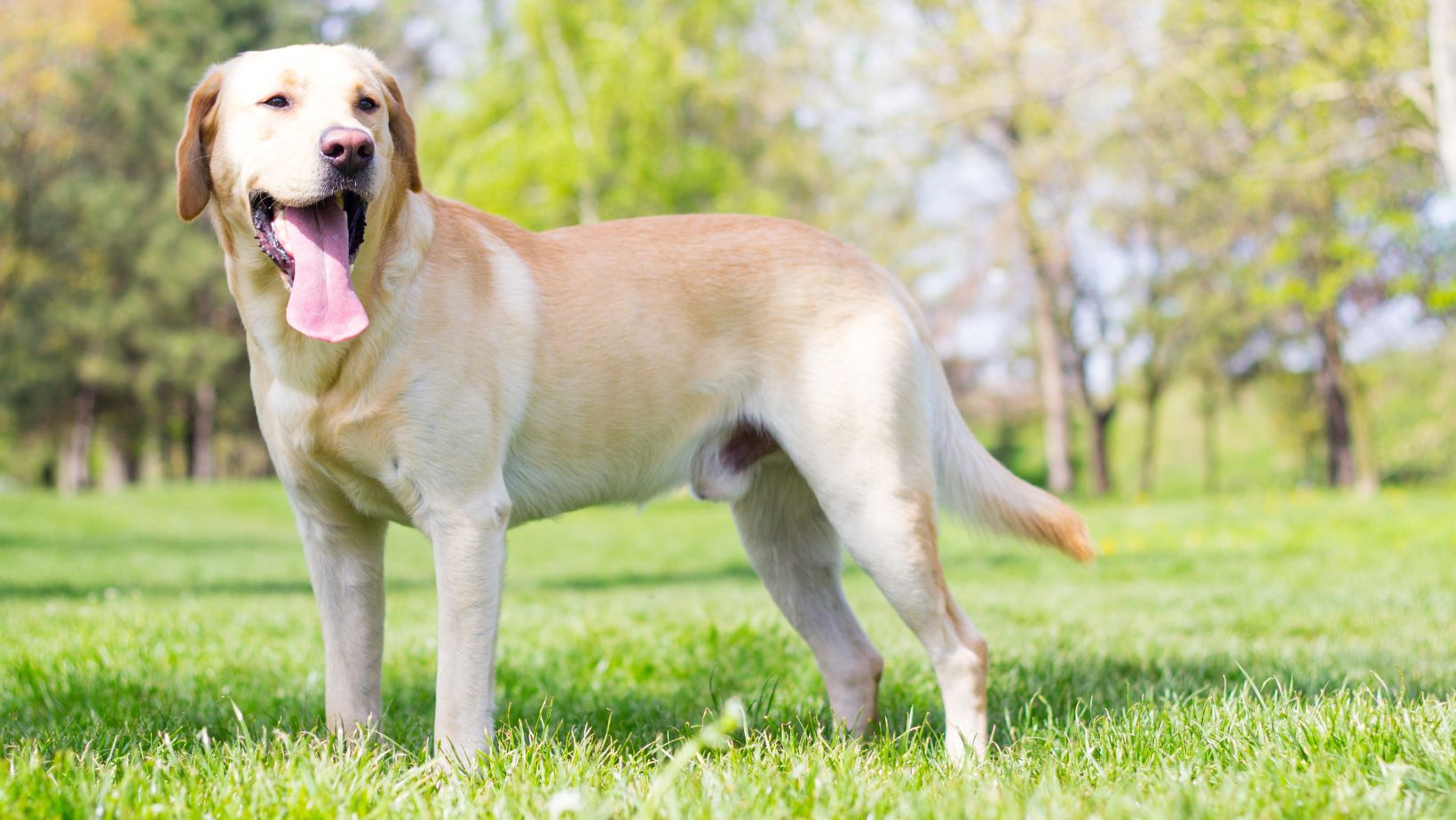How to Stop my Dog from Pooping in the House
Are you tired of finding unexpected surprises scattered around your house? Dealing with a dog that poops indoors can be frustrating and messy. In this article, I’ll share some effective strategies on how to stop your dog from pooping in the house, specifically focusing on Labradors and why they may have this issue.
Labradors are known for their intelligence and friendly nature, but they can also be prone to certain behaviors like indoor pooping. Understanding why Labradors poop in the house is crucial in order to address the problem effectively. There could be several reasons behind this behavior, including inadequate potty training, separation anxiety, medical issues, or even a change in routine or environment.
To tackle this issue head-on, it’s essential to establish a consistent potty training routine for your Labrador. Start by taking them outside regularly and rewarding them with praise or treats when they eliminate outdoors. Additionally, create a designated bathroom spot in your yard where they can relieve themselves comfortably.
In the upcoming sections of this article, we’ll dive deeper into each possible reason behind a Labrador’s indoor pooping habit and explore practical solutions to help you overcome this challenge. So let’s roll up our sleeves and work towards creating a clean and happy environment for both you and your furry friend!
Understanding the Reasons Behind Labrador Pooping in the House
Labradors are generally known for their friendly and lovable nature, but when it comes to dealing with their bathroom habits, things can get a little messy. If you find yourself constantly cleaning up after your Labrador’s indoor accidents, understanding the reasons behind this behavior is crucial in finding a solution. Let’s delve into some common factors that may contribute to Labradors pooping in the house:
- Lack of Proper Housetraining: One of the primary reasons why Labradors may poop indoors is due to insufficient housetraining. Puppies especially require patient and consistent training to learn where they should relieve themselves. If this aspect has been overlooked or neglected, accidents inside the house are bound to happen.
- Separation Anxiety: Labradors are known for their strong attachment to their owners, and separation anxiety can manifest as inappropriate elimination behaviors like pooping indoors. When left alone for extended periods, they may feel anxious or stressed, leading them to relieve themselves inside rather than holding it until their owner returns.
- Medical Issues: While behavioral factors play a significant role in indoor pooping, it’s essential not to overlook potential medical causes. Digestive problems such as gastrointestinal infections or food sensitivities can lead Labradors to experience more frequent bowel movements or loose stools, making accidents more likely.
- Changes in Routine: Dogs thrive on routine and familiarity; any sudden changes can unsettle them and affect their bathroom habits as well. Moving to a new home, changes in feeding schedules or disruptions in their usual routine can all contribute to Labradors pooping indoors temporarily.
- Marking Territory: Sometimes dogs resort to marking territory by leaving fecal deposits indoors. This behavior is more commonly seen among unneutered male dogs but can also occur in females during certain phases of their reproductive cycle.

Establishing a Consistent Bathroom Routine for Your Labrador
When it comes to addressing the issue of your Labrador pooping in the house, one effective strategy is to establish a consistent bathroom routine. By implementing a structured routine, you can help train your furry friend to understand when and where they should do their business.
Here are some essential steps to take in order to establish a consistent bathroom routine for your Labrador:
- Regular Feeding Schedule: Labradors have fast metabolisms, which means they typically need to relieve themselves shortly after eating. To prevent accidents indoors, it’s important to feed your dog at regular intervals throughout the day. Aim for two or three meals at designated times, rather than free-feeding them all day long.
- Designated Outdoor Area: Choose a specific spot outside where you want your Labrador to go potty. Take them out on a leash consistently and lead them directly to this area each time. This will help reinforce the association between that particular spot and going potty.
- Timing is Key: Dogs thrive on routines, so try to take your Labrador outside for bathroom breaks at consistent times every day. Start with taking them out first thing in the morning, right before bedtime, and after meals. Gradually increase the frequency as needed based on their age and needs.
- Positive Reinforcement: When your Labrador uses their designated outdoor area for elimination purposes, be sure to praise them lavishly with verbal affirmations like “good job” or “well done.” You can also reward them with treats immediately after they finish doing their business outside. This positive reinforcement will further reinforce the desired behavior.
- Patience and Consistency: Remember that establishing a consistent bathroom routine takes time and patience. Accidents may still happen during the training process, but it’s crucial not to scold or punish your dog for these mishaps as it can create anxiety around toileting habits.